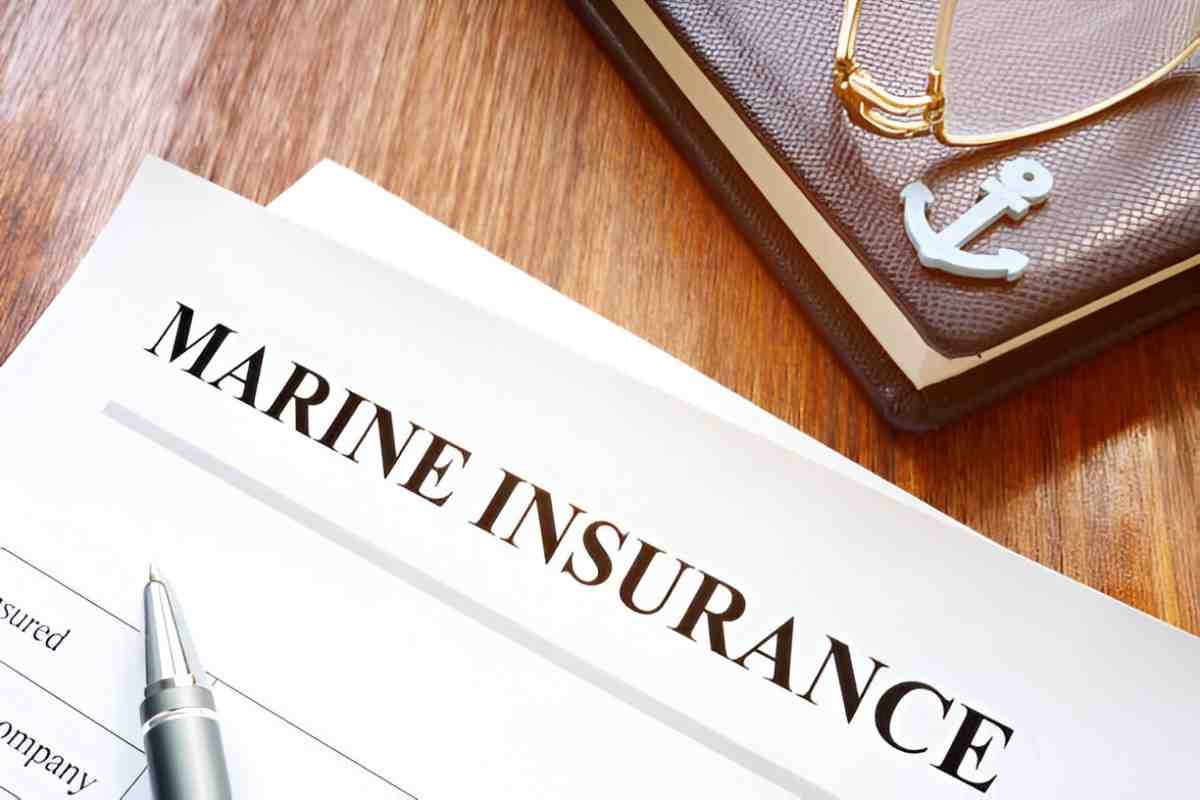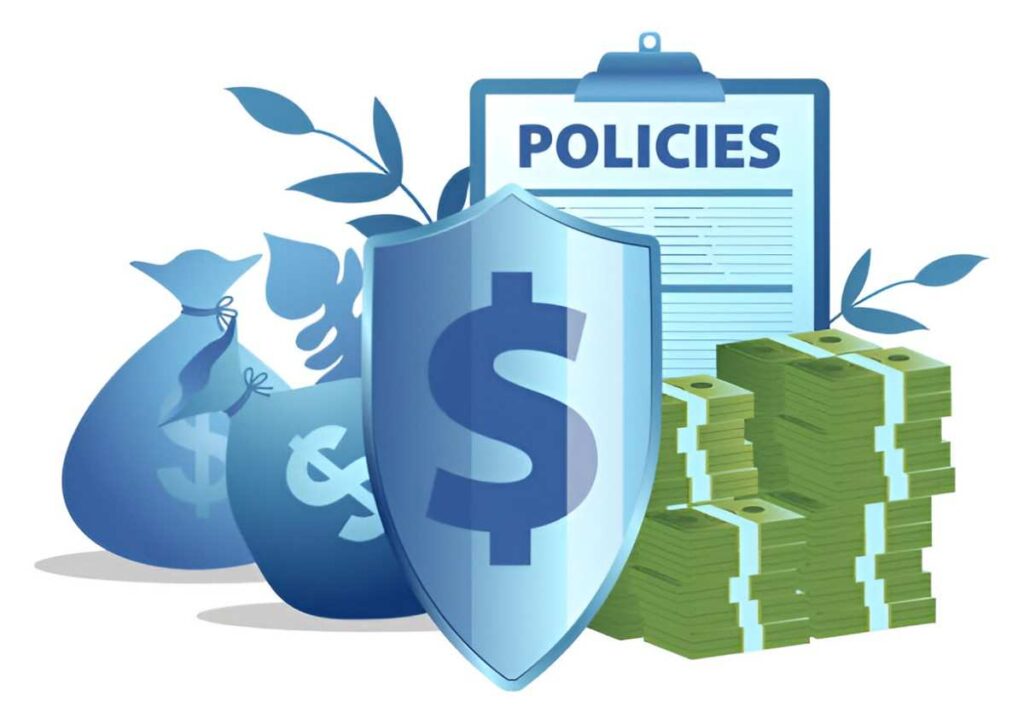As someone who has spent years navigating the complexities of finance and risk management, I understand how marine insurance plays a pivotal role in global trade. Whether you’re a shipping company, importer, exporter, or even a small business owner relying on overseas goods, marine insurance safeguards against the unpredictable perils of the sea. In this comprehensive guide, I’ll break down marine insurance—what it is, what it covers, and why it’s indispensable in today’s interconnected economy..
Table of Contents
What Is Marine Insurance?
Marine insurance is a specialized form of coverage designed to protect ships, cargo, and freight operators against losses or damages occurring during transit. Unlike standard property insurance, marine insurance accounts for the unique risks associated with waterborne transportation, including piracy, extreme weather, and collisions.
Historical Context
Marine insurance isn’t a modern invention. Its origins trace back to ancient Babylonian and Phoenician traders who pooled resources to mitigate losses from shipwrecks. The modern framework, however, was formalized in 17th-century London with the establishment of Lloyd’s Coffee House, which later evolved into Lloyd’s of London—the epicenter of marine underwriting.
Types of Marine Insurance Coverage
Marine insurance isn’t a one-size-fits-all solution. Depending on your needs, you can opt for different types of coverage:
1. Hull Insurance
This covers physical damage to the vessel itself, including the ship’s machinery and equipment. It’s crucial for shipowners who need protection against accidents like grounding or fires.
2. Cargo Insurance
This protects the goods being transported. Whether you’re shipping electronics, grain, or automobiles, cargo insurance ensures you’re compensated if the merchandise is lost or damaged.
3. Freight Insurance
If a shipping company loses revenue due to undelivered cargo, freight insurance reimburses the lost income.
4. Protection & Indemnity (P&I) Insurance
This covers third-party liabilities, such as injury to crew members, pollution claims, or collision damages to other vessels.
How Marine Insurance Works: Key Principles
Principle of Utmost Good Faith (Uberrimae Fidei)
Unlike other insurance types, marine insurance relies heavily on full disclosure. The insured must declare all material facts—failure to do so can void the policy.
Principle of Indemnity
Marine insurance aims to restore the insured to their pre-loss financial position—no more, no less. Over-insuring or under-insuring can lead to complications.
Principle of Subrogation
If an insurer pays a claim, they acquire the legal right to recover costs from the responsible third party.
Calculating Premiums: A Mathematical Perspective
Insurers assess risk using complex models. One common formula for calculating marine insurance premiums is:
Premium = (Sum\ Insured \times Rate) + Additional\ ChargesWhere:
- Sum Insured = Total value of the cargo or vessel
- Rate = Risk factor (determined by voyage, cargo type, etc.)
- Additional Charges = Administrative fees or taxes
Example Calculation
Suppose you’re shipping $500,000 worth of electronics from Los Angeles to Tokyo. The insurer quotes a rate of 0.5% with a $200 administrative fee.
Premium = (500,000 \times 0.005) + 200 = 2,500 + 200 = \$2,700Why Marine Insurance Is Indispensable
1. Mitigating Financial Loss
A single maritime disaster—like the 2021 Ever Given Suez Canal blockage—can disrupt global supply chains. Without insurance, businesses face crippling losses.
2. Legal Compliance
Many international trade agreements and financing institutions (like banks issuing Letters of Credit) mandate marine insurance.
3. Supply Chain Stability
By transferring risk to insurers, businesses can operate confidently, knowing their shipments are protected.
Common Exclusions in Marine Insurance
Not all risks are covered. Typical exclusions include:
- Inherent Vice (natural deterioration of perishable goods)
- War Risks (unless added via a separate clause)
- Nuclear Hazards
- Deliberate Damage by the Insured
Marine Insurance in the US: Key Considerations
The US, being a major player in global trade, has unique regulatory and economic factors affecting marine insurance:
- Jones Act Compliance – Ships operating between US ports must be US-built, owned, and crewed, influencing insurance terms.
- Hurricane Risks – Gulf of Mexico shipments often face higher premiums due to storm exposure.
- Customs and Border Protection (CBP) Requirements – Certain imports necessitate proof of insurance.
Comparison: Marine Insurance vs. General Liability Insurance
| Feature | Marine Insurance | General Liability Insurance |
|---|---|---|
| Coverage Scope | Ship, cargo, freight, liabilities | Property damage, bodily injury |
| Risk Factors | Piracy, weather, sinking | Slip-and-fall, product defects |
| Geographic Reach | International waters, ports | Domestic premises |
Final Thoughts
Marine insurance isn’t just an optional add-on—it’s the backbone of secure global commerce. Whether you’re a logistics manager, importer, or investor, understanding its nuances ensures you make informed decisions. By leveraging the right coverage, you safeguard not just goods, but the very lifeline of international trade.





